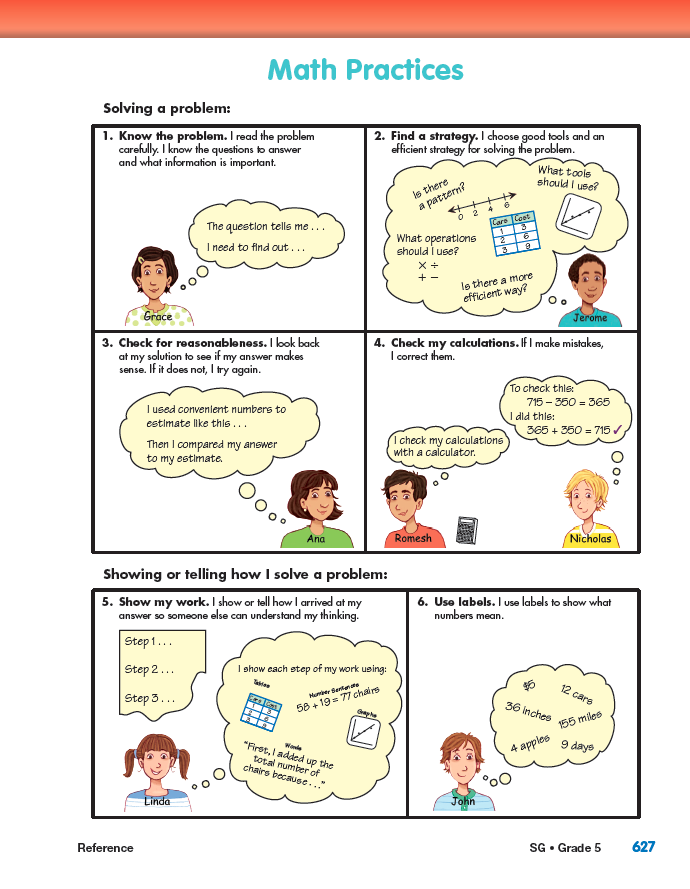Display Bar Graph I: How Can It Be Improved. In this graph, the numbers on the horizontal axis are not consecutive. Ask students what they notice about this graph. Your students will most likely quickly identify the problem with this graph and know how it can be fixed. Discuss with them the reason for using consecutive numbers when organizing data such as on a graph.
- Why do you think graphs usually have numbers in consecutive order? (Possible response: It makes it easier to read and understand the data.)
- How does that help you analyze the data? (Possible response: If the numbers of eyelets are out of order, then knowing where the tallest bars are does not help you know about the data. A tall bar for 0 eyelets could be beside a tall bar for 18 eyelets and that makes it harder to analyze.)
Display Bar Graph II: How Can It Be Improved. The problem with this graph is that the data is not pooled. Each piece of data is graphed separately so the graph essentially gives the same information as is in a raw data table without consolidating like data. It is not necessarily incorrect; it just doesn't contribute anything new to the raw data to aid with analysis. For example, it is not easy to identify the most common number of eyelets or to know how many pairs of shoes have no eyelets.
Give students a few minutes to review it and then ask questions similar to the following:
- What do you think about this bar graph?
- What does this graph tell you?
- How is it different from the data table it was drawn from?
- How is it different from our class bar graph?
- How many bars would you have to draw to make a graph like this for our class data?
- Which way of graphing the data do you think is more useful?
- Why do you think so?
- Which graph gives you more information about trends in shoe eyelets? Why?
Direct the students to the Math Practices, in the Student Guide Reference section. Let the students know that these are the math practices mathematicians use when they solve problems. Read through all of the math practices together.
- What math practices did you use in the Eyelets Lab?
Focus on Math Practice 5, and ask:
- How can you apply Math Practice 5 to your work? (Possible responses: Use words to tell what steps I took to solve the problem. Use labels to tell what the numbers mean in my solution. Organize my work to show how I solved the problem. Draw a picture.)
Provide students with a context for the Pockets at St. Crispin's Assessment Masters, as some students may not have experience with school uniforms. Display examples of students wearing uniforms or compare class photos of kids in uniforms and kids not in uniforms. Discuss what a uniform is. Have students come up with other examples where uniforms are worn: sports teams, the military, hospitals, police and fire departments, schools, workers at a fast food restaurants or superstores. Sometimes being in uniform means everyone wears exactly the same thing. Sometimes it means people wear similar things but there is some variability.
Ask the students to complete the Pockets at St. Crispin's Assessment Master.
There are a variety of ways to provide feedback with a feedback box. Figure 5 shows a sample completed feedback box for Pockets at St. Crispin's. This can be adapted to your school's evaluation system. For example you can assign points to each section, provide a narrative, or assign grades. Students can also use the feedback provided to revise and refine their work.
Use the Pockets at St. Crispin's Assessment Masters with the Feedback Box to assess students' abilities to make a bar graph using numerical data [E4]; find the mode of a data set [E6]; read a table or bar graph to find information about a data set [E7]; model real-world situations with bar graphs [E8]; and show work [MPE5].
To provide targeted practice with data analysis, have students create their own question, collect data, and graph it. Place additional copies of the Centimeter Grid Paper along with example investigation questions in a center.















